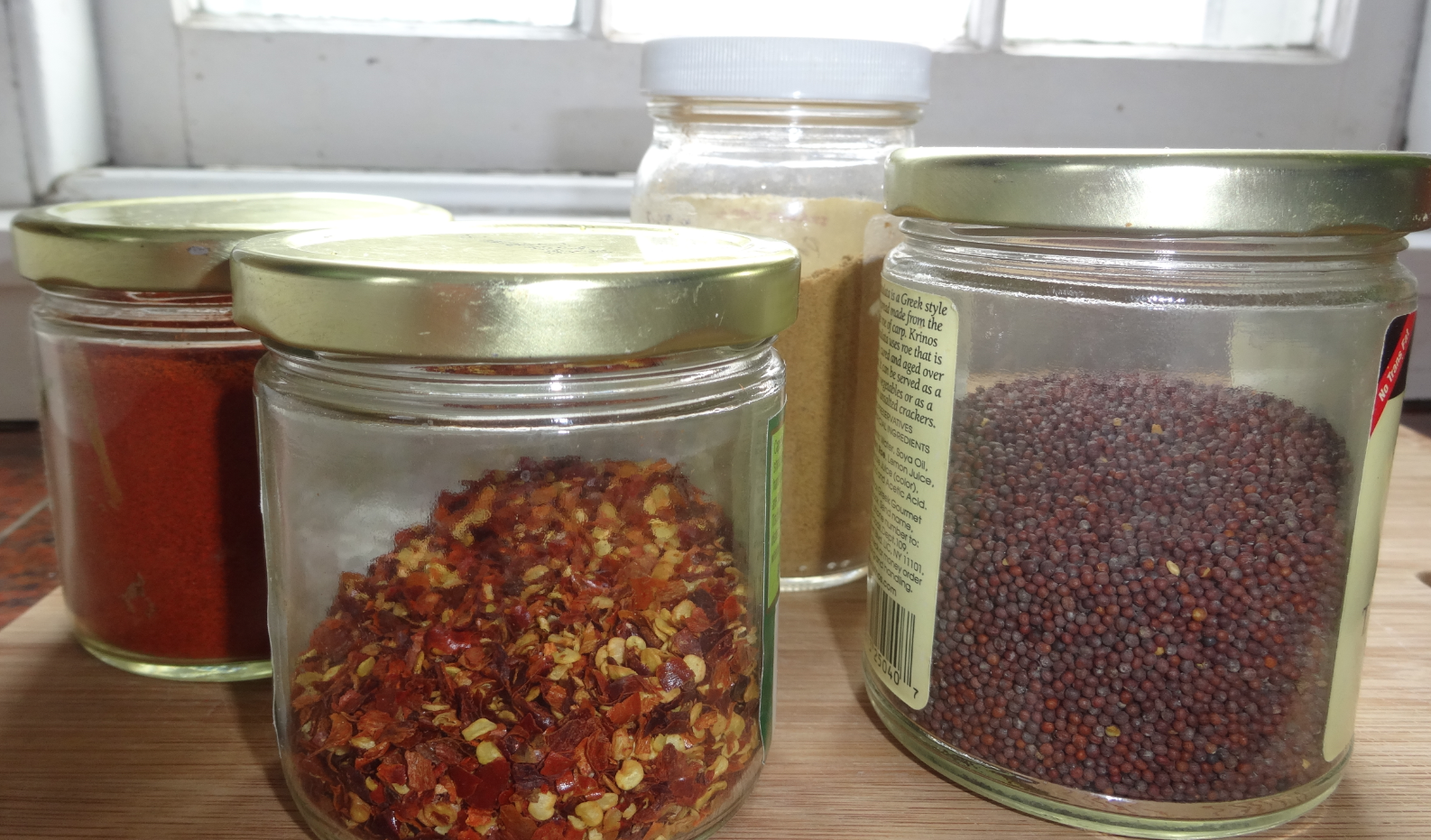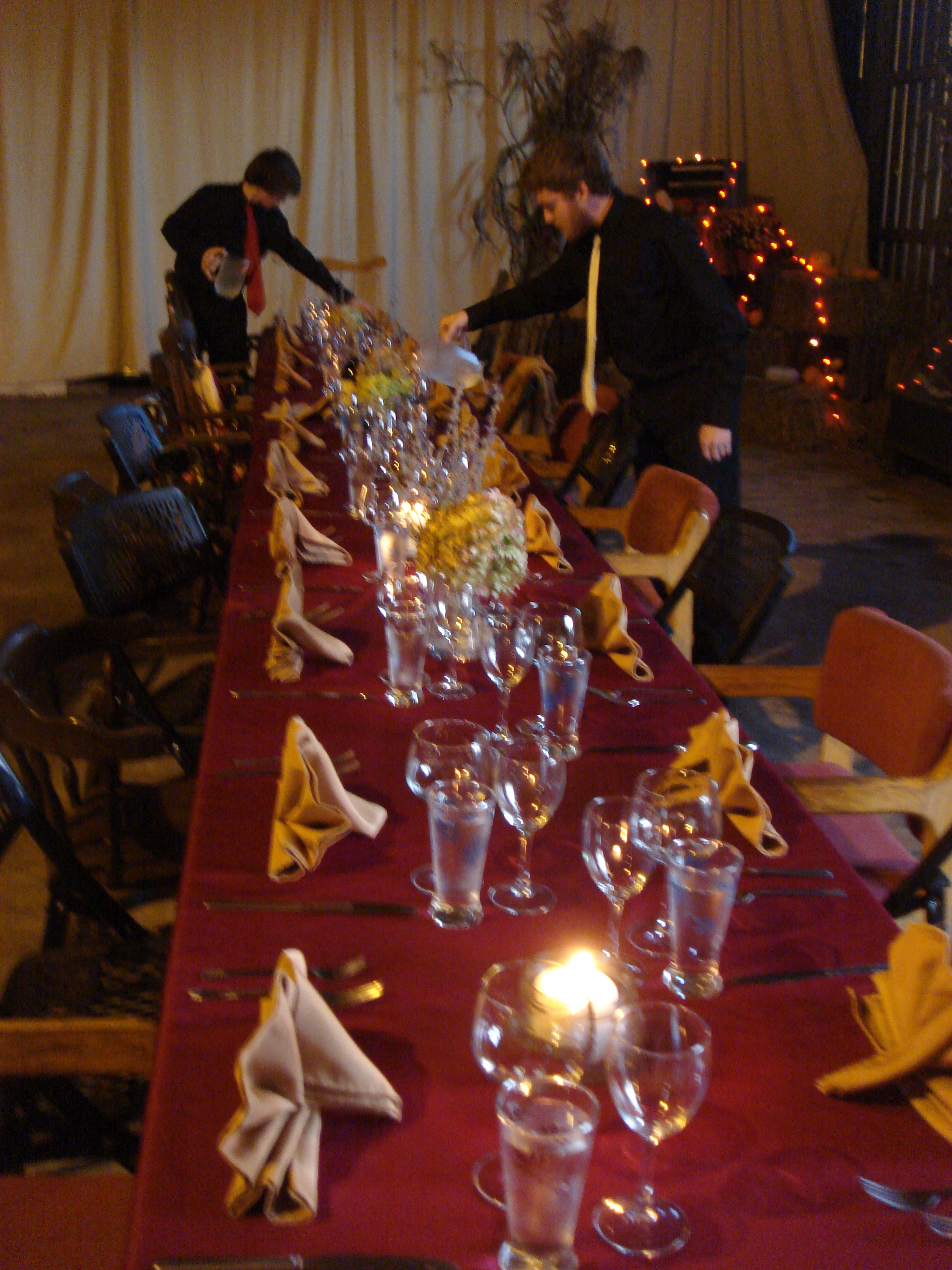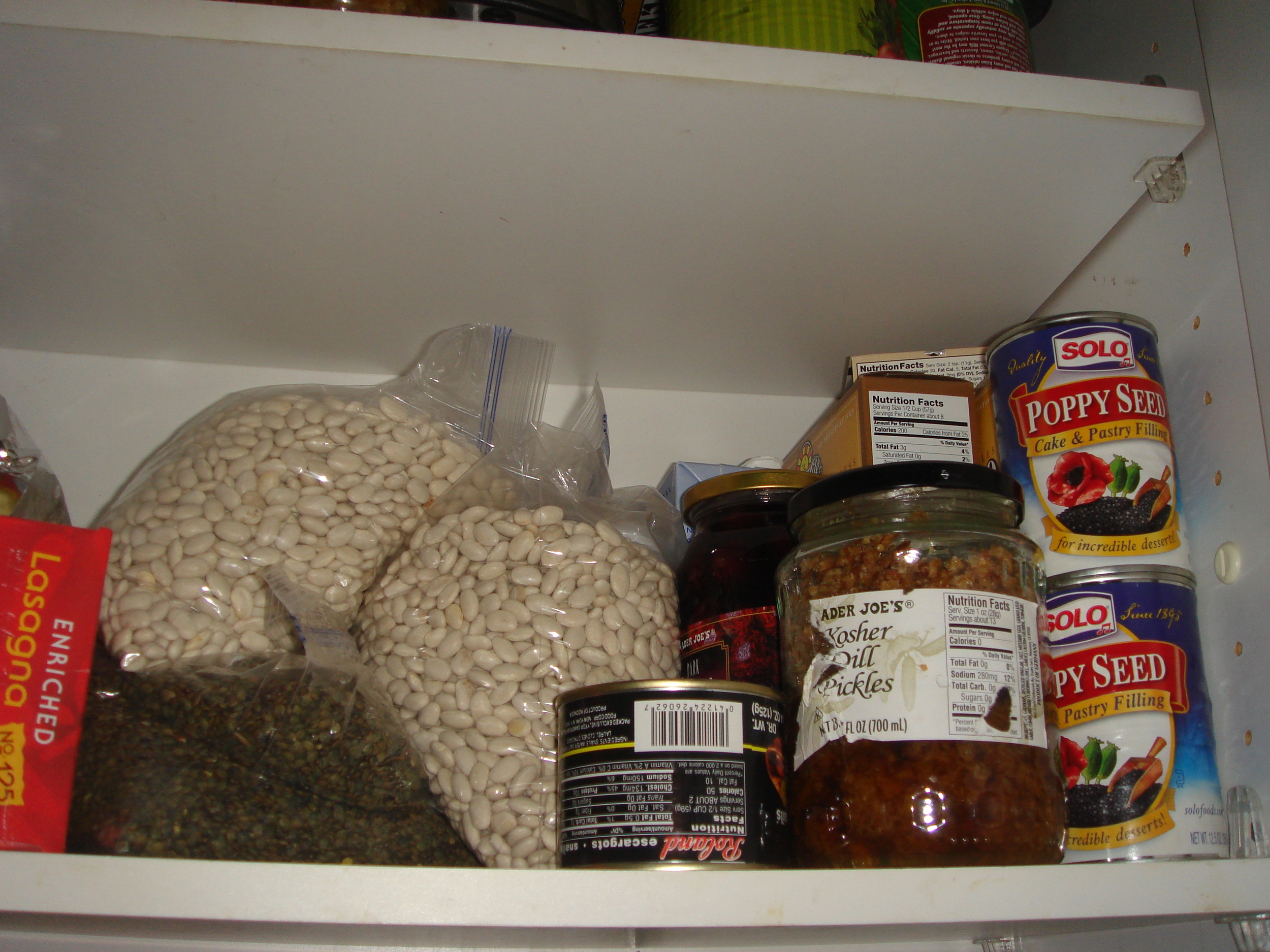 Spices have healing powers besides making food so much more interesting. During the Middle Ages, when spices first made it to Europe from the spice islands, they were rare, exotic, cherished and very expensive. Thus they were surrounded by an aura of far-away-lands and saved for special occasions.
It's been said that people who like hot and spicy foods have a zest for life, and that people who prefer bland foods prefer a more unexciting life. The Indian cuisine has perfected the use of spices and developed world famous spice mixtures such as curry and garam masala. The North African spice mixture harissa is another example of a widely known spice mixture. Usually each cook blends her own so that no two curry or harissa mixtures are alike.
Spices have healing powers besides making food so much more interesting. During the Middle Ages, when spices first made it to Europe from the spice islands, they were rare, exotic, cherished and very expensive. Thus they were surrounded by an aura of far-away-lands and saved for special occasions.
It's been said that people who like hot and spicy foods have a zest for life, and that people who prefer bland foods prefer a more unexciting life. The Indian cuisine has perfected the use of spices and developed world famous spice mixtures such as curry and garam masala. The North African spice mixture harissa is another example of a widely known spice mixture. Usually each cook blends her own so that no two curry or harissa mixtures are alike.
Spices such as cinnamon, cloves, cumin, especially in combination with garlic and onions, also all chili powders, are known to kill bacteria and are commonly eaten in warm climates to safeguard against the possibility of potentially slightly spoiled foods. In Indian cuisine the spices are sautéed in oil or ghee to develop their flavors before vegetables or meats are added.
 I buy spices in bulk, 1lb bags of organic spices from the food coop, and keep surplus in the freezer or share it with other coop members. Why not spice up your life?
I buy spices in bulk, 1lb bags of organic spices from the food coop, and keep surplus in the freezer or share it with other coop members. Why not spice up your life?












